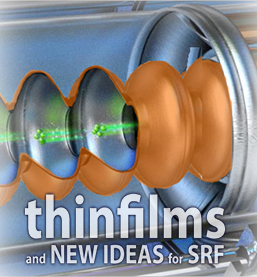Speaker
Description
Retarding Field Analyzer (RFA) and Langmuir probe measurements were carried out in a $3$ inch magnetron system with a niobium target operating in argon to determine how positive polarity pulses in the HiPIMS voltage waveform can change the dynamics of the plasma and influence thin film properties.
The positive voltage pulses were introduced in the early afterglow with heights $U_{pos}$ between $10$ and $100\,V$ and a variation of durations between $10$ and $100$ $\mu s$. Operating argon pressures were varied from $5$ to $24\,mTorr$. The plasma parameters were determined with a time-resolution of $10\,\mu s$ for the RFA at a typical substrate position $10$ $cm$ away from the target. The time-resolution for Langmuir probe measurements was $1\,\mu s$ at different position along the centre line of the magnetron and above the racetrack.
RFA measurements show a clear increase in ion energy when a positive polarity pulse is applied. In contrary the ion flux is identical for both cases. Since the ion flux is the product of ion density and ion energy a faster decay in ion density is required, which was verified by Langmuir probe measurements. To correlate the effects a bipolar HiPIMS pulse has on the crystal structure and the superconductivity of thin films, Niobium films were analysed by SEM, XRD and Squid measurements.

